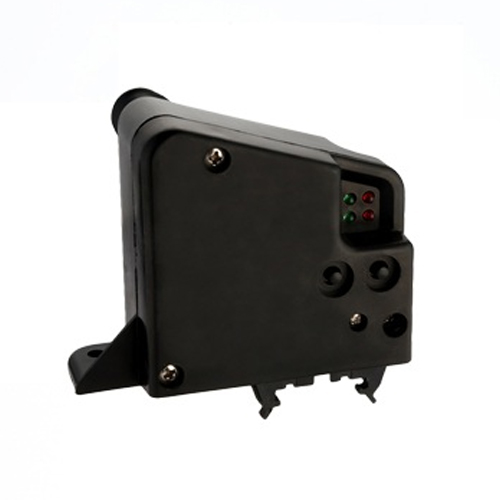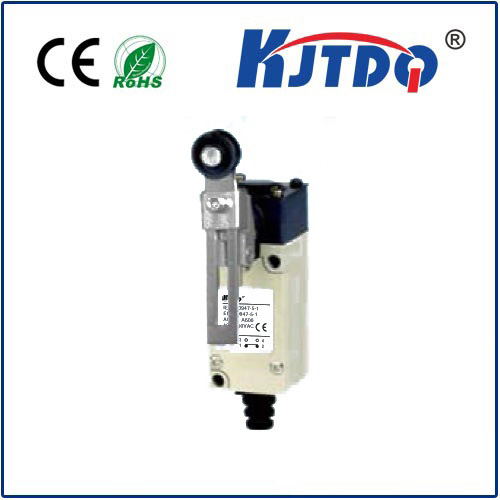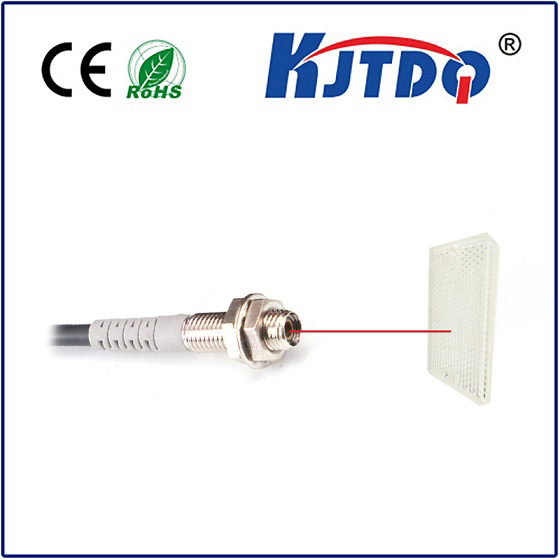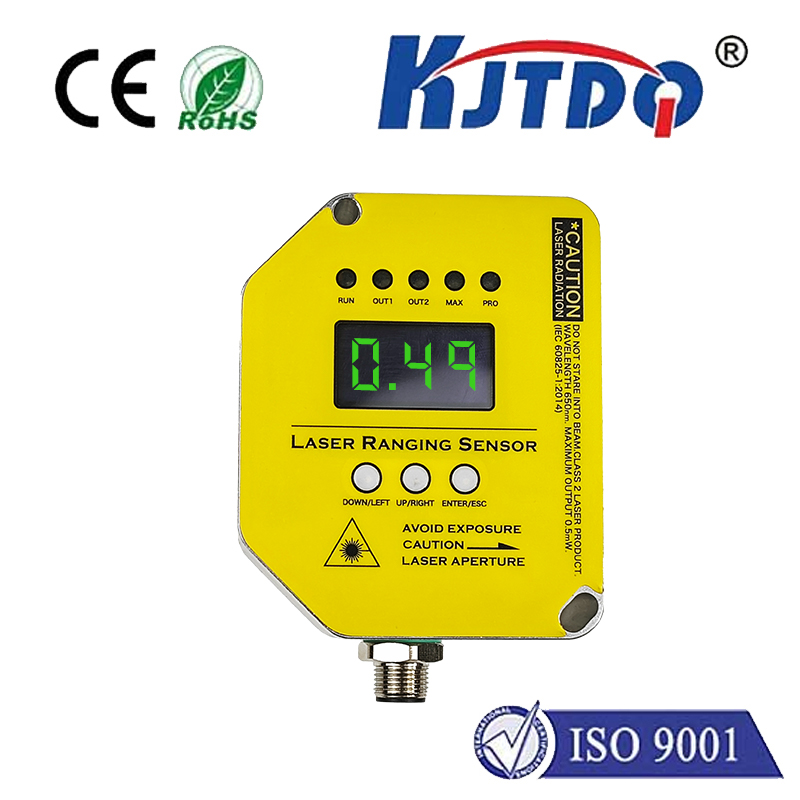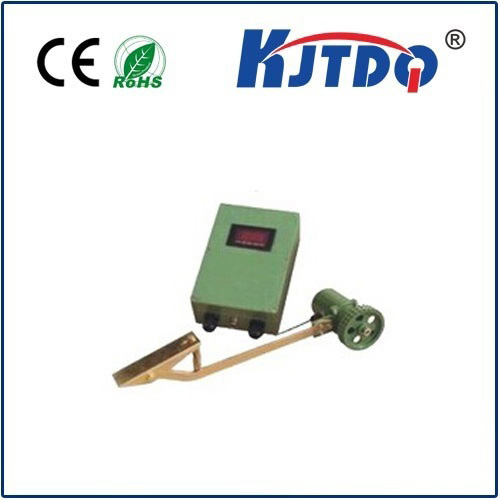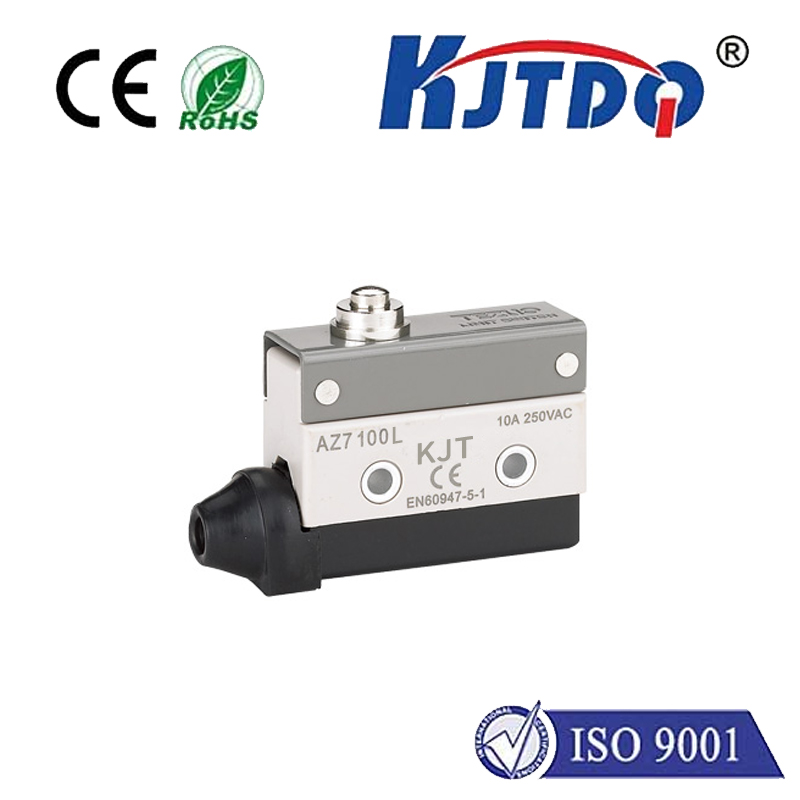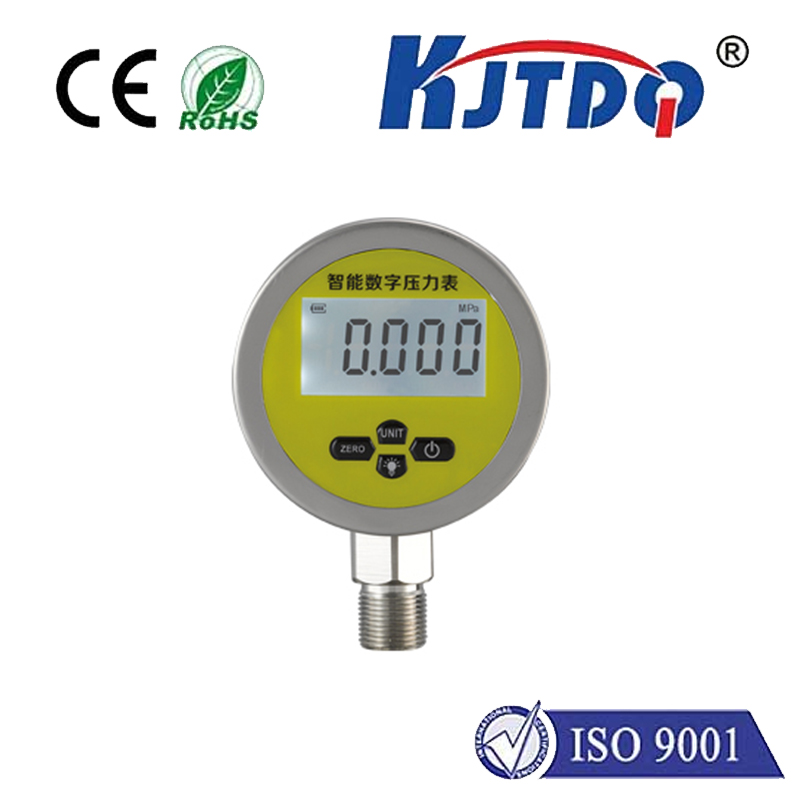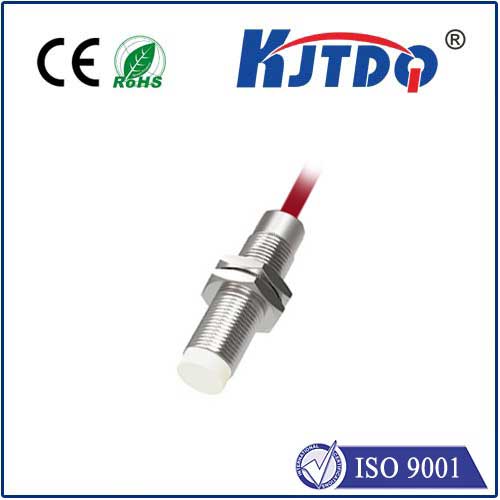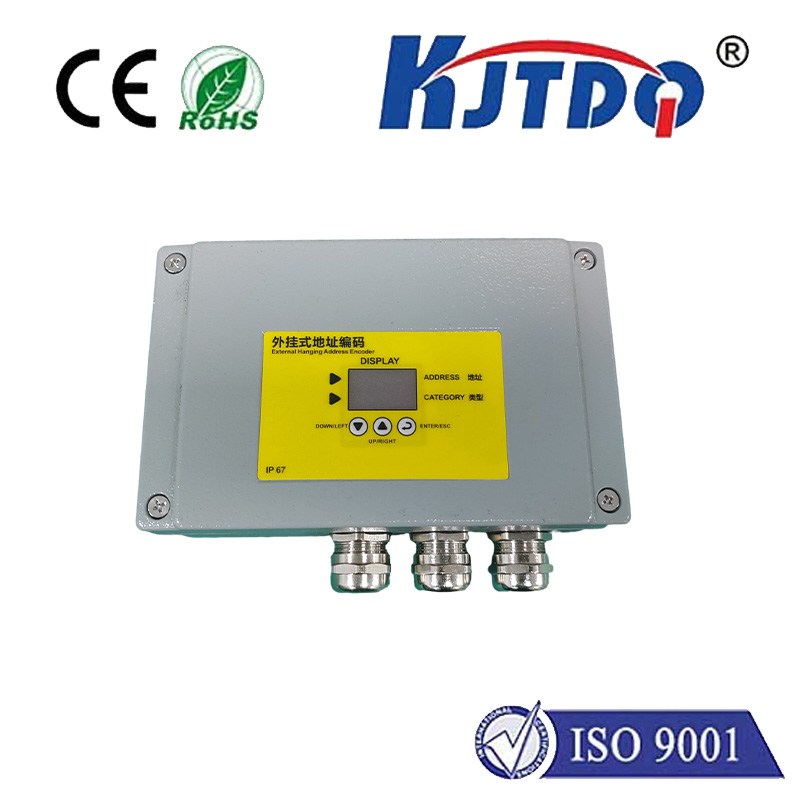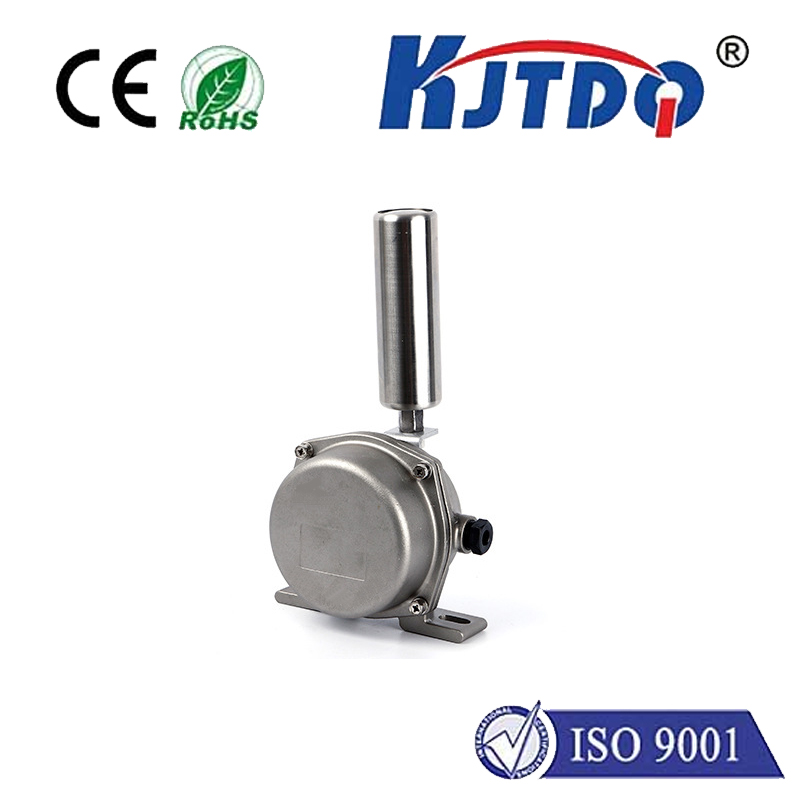limit switch sensor
- time:2025-08-04 09:54:40
- Click:0
Limit Switch Sensors: The Unsung Heroes of Precise Industrial Control
Imagine a robotic arm gracefully assembling components. Suddenly, it reaches its designated endpoint and stops with pinpoint accuracy. Or picture an elevator ascending smoothly, halting perfectly level with your floor. Behind these seemingly simple stopping actions lies a critical, often overlooked component: the limit switch sensor. Far more than just an on/off trigger, these electromechanical workhorses are fundamental to safe, reliable, and precise position control across countless industrial applications.
What Exactly is a Limit Switch Sensor?
At its core, a limit switch sensor is a device that converts mechanical motion into an electrical control signal. It detects the presence, absence, or position of an object – typically a moving part of a machine – through physical contact. When the target object (often called an actuator) makes contact with the switch’s operating head, it mechanically moves internal contacts, changing the electrical state of the switch (e.g., opening or closing a circuit). This change in state signals a control system (like a PLC - Programmable Logic Controller) that a specific position or limit has been reached.
The Mechanics Behind the Magic

Unlike non-contact sensors (like proximity or photoelectric sensors), mechanical limit switches rely on tangible interaction. Key components include:
- Operating Head/Actuator: The part making contact with the target. Common types include:
- Roller Lever: Ideal for detecting moving objects like conveyor belts or cam-driven mechanisms. The roller reduces friction.
- Plunger (Push Rod): Responds to linear force directly applied along its axis. Simple and reliable for direct pushes.
- Rotary Lever: Detects rotational movement or objects moving in an arc.
- Flexible Rod (Wobble Stick): Used for detection over a wider area or where precise positioning isn’t critical.
- Switch Body: Houses the electrical contacts and the mechanism translating actuator movement into contact action.
- Electrical Contacts: The critical heart of the limit switch, they open or close the circuit. Common configurations are:
- SPST (Single Pole, Single Throw): Simple on/off function (Normally Open - NO or Normally Closed - NC).
- SPDT (Single Pole, Double Throw): Features both a NO and a NC contact, offering greater versatility (one circuit opens while another closes).
- Terminals/Connection: Point where electrical wires are connected to the switch.
- Housing: Protects the internal components from environmental hazards like dust, moisture, oil, and mechanical impact. Robust enclosures with high IP ratings (Ingress Protection, e.g., IP67) are essential for harsh industrial environments.
Why Choose a Limit Switch? Key Advantages
Despite the rise of non-contact alternatives, limit switches remain incredibly popular for several compelling reasons:
- Simplicity and Reliability: Their fundamental electromechanical principle is straightforward, leading to proven reliability over decades of use. Fewer things can “go wrong” electronically.
- Physical Confirmation: Physical contact provides unambiguous, positive confirmation that the target object has indeed reached the switch position. There’s no ambiguity from sensing gaps or environmental interference affecting beam paths.
- Cost-Effectiveness: Generally, mechanical limit switches are very economical compared to many sophisticated non-contact sensors, especially for simple position detection tasks.
- High Current Capacity: Many limit switches can directly switch relatively high currents (motors, solenoids) or voltages without needing an intermediate relay, simplifying control circuits.
- Environmental Robustness: Designed for tough conditions. Sealed housings withstand washdown environments, dust, oils, vibrations, and even some chemical exposure far better than many electronic sensors.
- Versatility: Available in a vast array of actuator types, contact configurations, housing materials (metal, plastic), and mounting options to suit almost any application need.
- Visual/Tactile Indication: Often include a visual flag or provide tactile feedback that the switch has been actuated, aiding in troubleshooting.
Where Do They Shine? Ubiquitous Applications
The applications for limit switch sensors are incredibly diverse, touching virtually every sector:
- Industrial Automation & Machinery: Detecting end-of-travel for robotic arms, presses (ensuring ram stops at top/bottom), spindles, CNC machine axes (X, Y, Z limits), conveyor positioning (package presence/end), and guarding door interlocks.
- Material Handling: Controlling hoists and cranes (upper/lower limit stops), palletizer positioning, and gate/door detection on automated vehicles.
- Packaging Machinery: Verifying case or carton presence on lines, detecting filling levels (by position), and ensuring sealing heads are in place.
- Automotive Manufacturing: Used extensively in assembly lines and test fixtures for part positioning verification.
- Elevators & Escalators: Critical for detecting car position at floors, ensuring landing doors are fully closed before movement, and emergency stop limits.
- HVAC Systems: Detecting damper end positions in ventilation systems.
- Access Control: Monitoring gate or barrier positions in parking garages.
Selecting the Right Limit Switch: Critical Considerations
Choosing the optimal limit switch sensor requires careful evaluation of the application’s demands:
- Actuator Type: Roller lever, plunger, or rotary? Match the actuator to the motion (linear, rotary, speed) and physical access of the target object.
- Electrical Requirements:
- Current & Voltage Rating (AC/DC): Must handle the circuit’s load. Can it switch the motor/solenoid directly, or just a PLC input signal?
- Contact Configuration: SPST-NO, SPST-NC, or SPDT? What logic does your control system require?
- Environmental Factors:
- IP Rating: Essential for protection against dust and moisture (e.g., IP65 for washdown, IP67 for temporary immersion). Ingress protection is non-negotiable for reliability.
- Temperature Range: Ensure suitability for ambient operating temperatures.
- Hazards: Presence of explosive atmospheres? Corrosive chemicals? Heavy oils? Impacts?
- Mechanical Requirements:
- Operating Force: How much force can the target object apply? The switch must actuate reliably.
- Pre-travel & Over-travel: Pre-travel is the distance the actuator moves before contacts change. Over-travel is the distance it can safely move beyond the actuation point without damage. Sufficient over-travel allowance is critical for longevity, especially in applications with inertia or vibration.
- Repeatability: How consistently does the switch actuate at the same point? Crucial for precision.
- Mounting: Space constraints? Specific mounting holes or brackets needed? Adjustability required?
- Durability: Expected lifespan (number of operating cycles). Higher cycle ratings are vital for high-speed applications.
Beyond Basic: Smart Limit Switches?
While traditional electromechanical limit switches dominate, innovation continues. Smart limit switches incorporating






